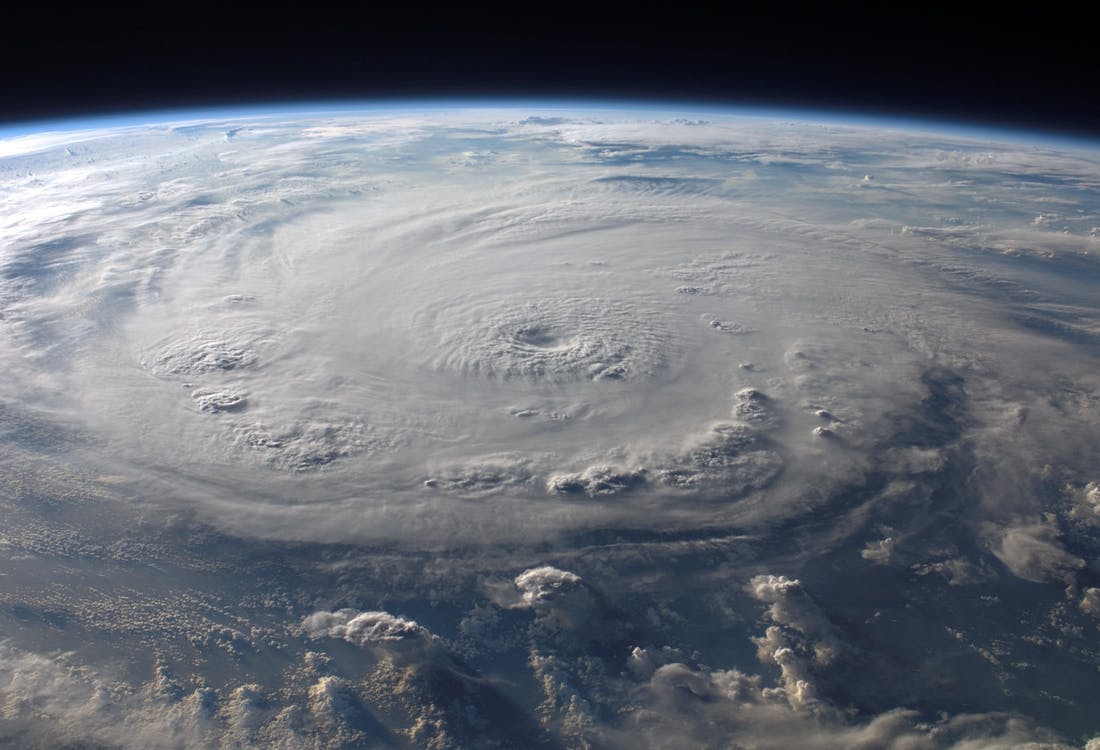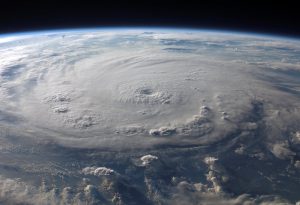HOUSTON (AP) — Doris Brown was nearly asleep when a neighbor knocked on her door, telling her to look outside.
“There were no lights, nowhere,” said Brown, recalling the power outage that summer night in 2023. “I didn’t even know it.”
Brown’s solar panel and battery system was keeping her power on. She’d prepared for a night like this. “Call everybody,” she told the neighbor.
Soon around 15 “neighbors and neighbors’ neighbors” were inside Brown’s three-bedroom, 1 1/2-bath home in Northeast Houston. They charged phones, cooked, and showered before work and school. Some slept over.
“There were people sleeping everywhere,” said Brown, 75. She was happy to be “a port in a storm,” despite one downside: “They ate all my snacks.”
Brown’s house is a “hub home,” one of seven in a Northeast Houston pilot program meant to create emergency safe havens — not at shelters or community centers, but inside neighbors’ houses.
The idea was a grassroots response to decades of community disinvestment and neglect that got neighbors talking about what they could do to be ready for extreme weather and power outages.
Read more: Times Union






